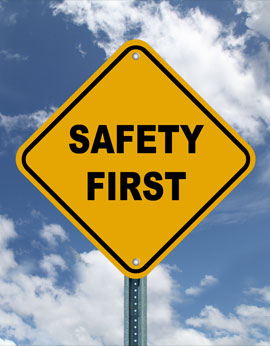
Texas Energy Midstream places the highest priority on the safety of the public, our employees and the environment, and we are committed to meeting the most stringent safety standards for our assets, operations and personnel. We design and monitor our pipelines and processing facilities to ensure compliance with all applicable federal and state requirements and are committed to meeting the most stringent safety standards for our assets, operations and personnel.
The best way to detect a possible pipeline spill or leak is to use sight, smell and sound. A spill or leak may exist if:
Since most pipelines are underground, pipeline locations are marked by above ground pipeline markers which contain information about the general pipeline location, the product carried, and the operator’s name and contact information. While these surface markings indicate the presence of a pipeline, they cannot be relied upon to identify its exact position.
In every digging job, your help is needed to prevent pipeline emergencies. Since 1994, over 40% of the serious incidents reported to the PHMSA on the national pipeline system have been caused by damage due to excavation or outside force. The best way to prevent damage to underground facilities is timely communication between excavators and the owners of the facilities. One-call centers facilitate this communication by enabling an excavator to place just one call, prior to digging, to request that all underground facilities in the area of a planned excavation be located and marked.
By simply dialing 811 at no cost, you can reach the one-call center that will ensure companies operating underground utilities in the area where you plan to dig are notified in advance. Those companies can then dispatch crews to mark the exact location of their utilities so you can avoid hitting them when you begin your excavation. If you can’t connect to the one-call center by dialing 811 go online to Call811.com and click on the Local Info tab for information on how to reach the one-call center directly.